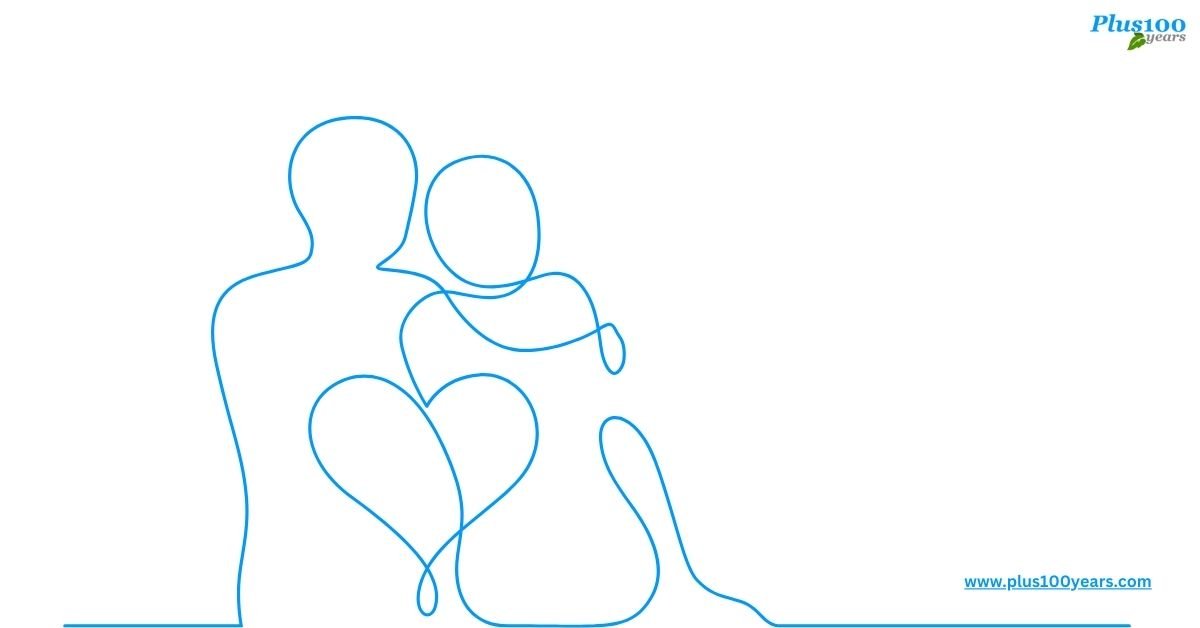Updated: 23-07-2025
In today’s avant-garde era, the incidence of sexually transmitted diseases has increased quite drastically.
This surge is mainly because today’s youngsters have turned quite sexually active.
The sexually transmitted infection spreads through oral, vaginal, and anal sex from an infected person to a healthy person.
It has been estimated by the World Health Organization that over ten years ago more than 1 million people became infected with an STDS each day – most of the experts believe that the number is considerably high now.
The majority of sexually transmitted diseases are seen in youngsters aged up to 25 years, while nearly one-third are seen among individuals younger than 20 years.
Across the globe, girls aged between 14 and 19 are almost twice as susceptible to sexually transmitted diseases as boys of the same age.
Understanding Common Sexually Transmitted Diseases (STDs): Prevention and Awareness Strategies
Sexually transmitted diseases are infections spread from one person to another during sexual contact.
They are usually common, and most of the people who have them don’t have any symptoms of sexually transmitted diseases.
However, STDs are dangerous and can cause death if left untreated, but the good news is that most STDs are easy to diagnose and cure.
In some cases, sexually transmitted infections can also spread through the use of unsterilised IV drug needles, from a mother to a baby at the time of childbirth or breastfeeding, & blood transfusions.
How sexually transmitted diseases are transmitted
Small microorganisms that are present on the skin or mucous membranes of the female or male genital area can be transmitted, as can organisms in vaginal secretions, semen, or blood during sexual intercourse.
What causes sexually transmitted diseases?
Sexually transmitted diseases are the result of viral and bacterial infections.
Antibiotics are used to treat sexually transmitted diseases caused by bacteria.
STDs caused by a virus may not be treated, but the symptoms can be cured.
Risk Factors for sexually transmitted diseases
The following are the risk factors for sexually transmitted diseases:
- Having sex with more than one partner
- Sex with a partner suffering from STDs
- A partner who has had over one sexual partner
- Use of intravenous drugs
What are some of the common STIs?
- Chlamydia
- Crabs (Pubic Lice)
- Chancroid
- Genital herpes
- Hepatitis B
- HIV/AIDS
- Genital warts
- Human Papillomavirus (HPV)
- Molluscum Contagiosum
- Trichomoniasis (parasitic infection)
- Scabies
- Pelvic Inflammatory Disease (PID)
- Syphilis
- Gonorrhea
- Yeast infections
- Trichomoniasis (Trich)
Sexually transmitted infections are easily spread during unprotected sex.
Symptoms of Sexually transmitted infections
The following are the signs and symptoms of sexually transmitted infections:
Symptoms of STDs In Women
- Lower abdominal pain
- Painful urination
- Vaginal discharge
- Bleeding between periods
- Pain during sexual intercourse
- Pain or burning sensation when urinating
- Painful bowel movements
- Vaginal itching or irritation
- Strong vaginal odor
Symptoms of STDs In Men
- Discharge from the penis
- Testicular pain
- Thick, cloudy, or bloody discharge from the vagina or penis
- Painful, swollen testicles
- Anal itching
- Itching or irritation inside the penis
- Painful urination
How to prevent sexually transmitted diseases
The following are the ways to reduce the risk of sexually transmitted infections:
Limit the number of sexual partners: Know your partner’s sexual history completely. The more partners you or your partner have, the more the chances of sexually transmitted infections
Use a latex condom: this reduces the chance of infection whenever you have oral, vaginal, or anal sex.
Get immunised: There are several vaccinations available that prevent hepatitis B and other sexually transmitted infections
Evade risky sex methods. The sex acts that break or tear the skin have to be avoided, as they have a higher risk of sexually transmitted diseases.
Also, small cuts that won’t bleed can allow the germs to pass.
- Avoid sharing towels or underclothing.
- Wash after and before intercourse
How can STIs affect pregnancy?
Suffering from sexually transmitted diseases at the time of pregnancy harms the baby.
Gonorrhoea and chlamydia lead to health problems in the baby, ranging from eye infections to pneumonia.
Syphilis and sexually transmitted diseases lead to miscarriage.
Human immunodeficiency virus infection can be seen in a baby.
If you conceived and you or your partner had or have – or may have – a sexually transmitted disease, do inform your doctor. Your baby might be at risk.
Tests for a few sexually transmitted diseases are provided regularly during prenatal care.
It is suggested to undergo treatment for an STI early to minimise the probability that your baby will contract the infection.
“We would greatly appreciate it if you kindly gave some feedback on this article.”


